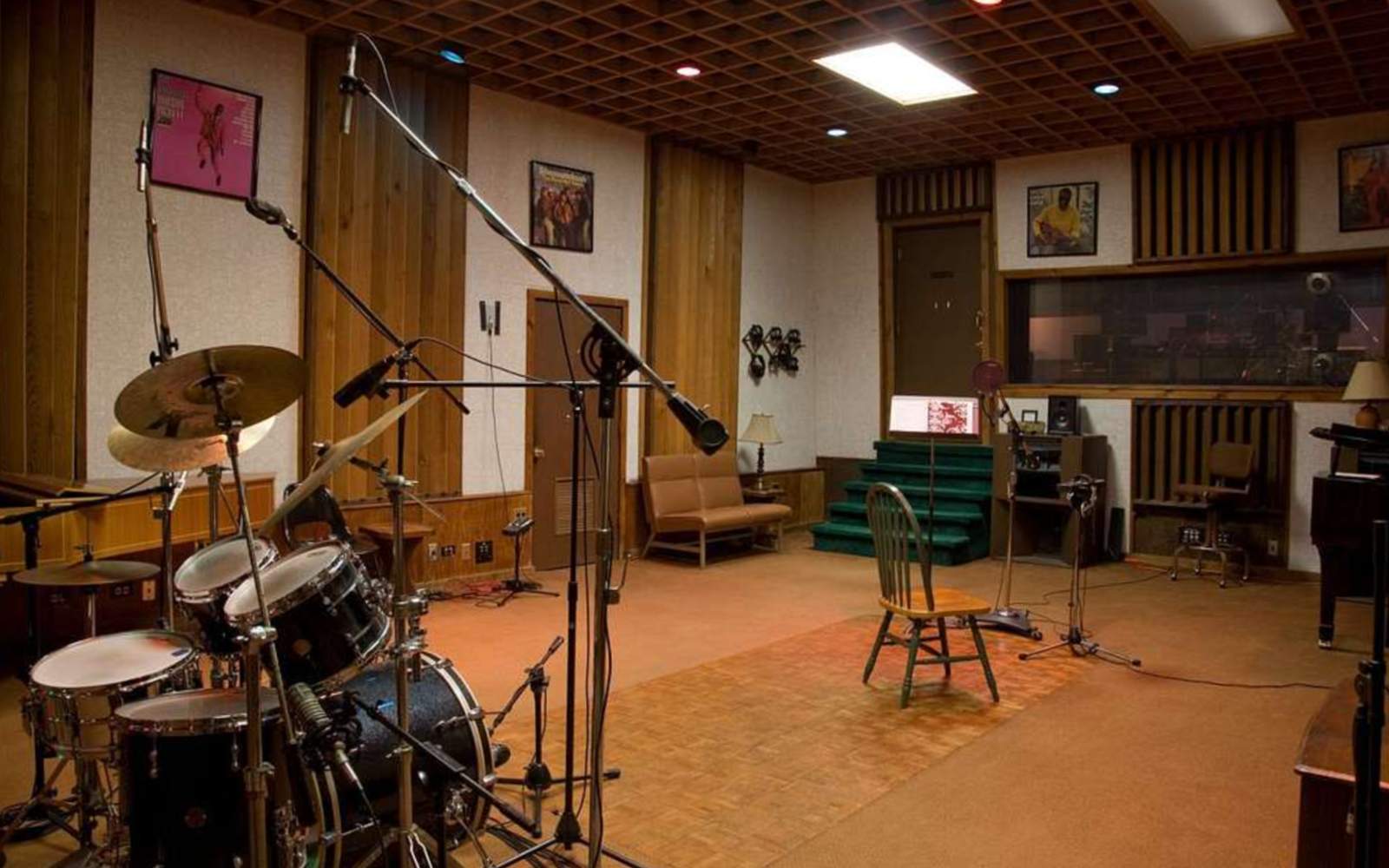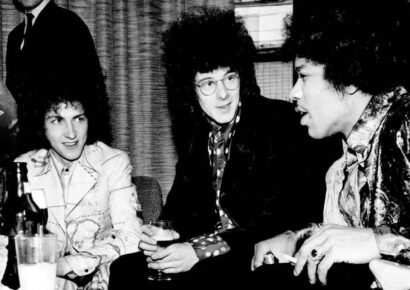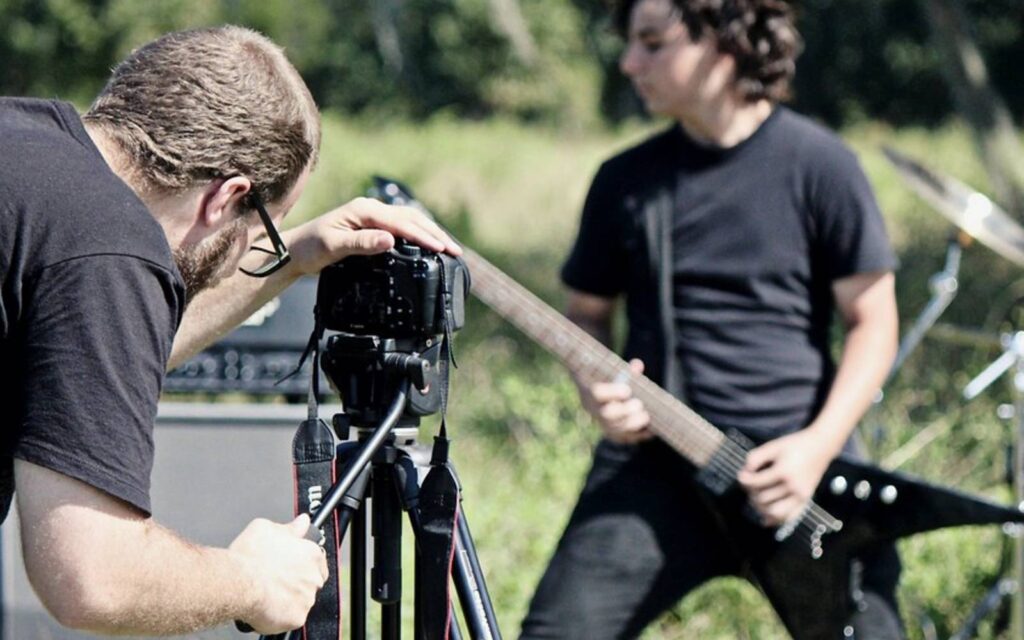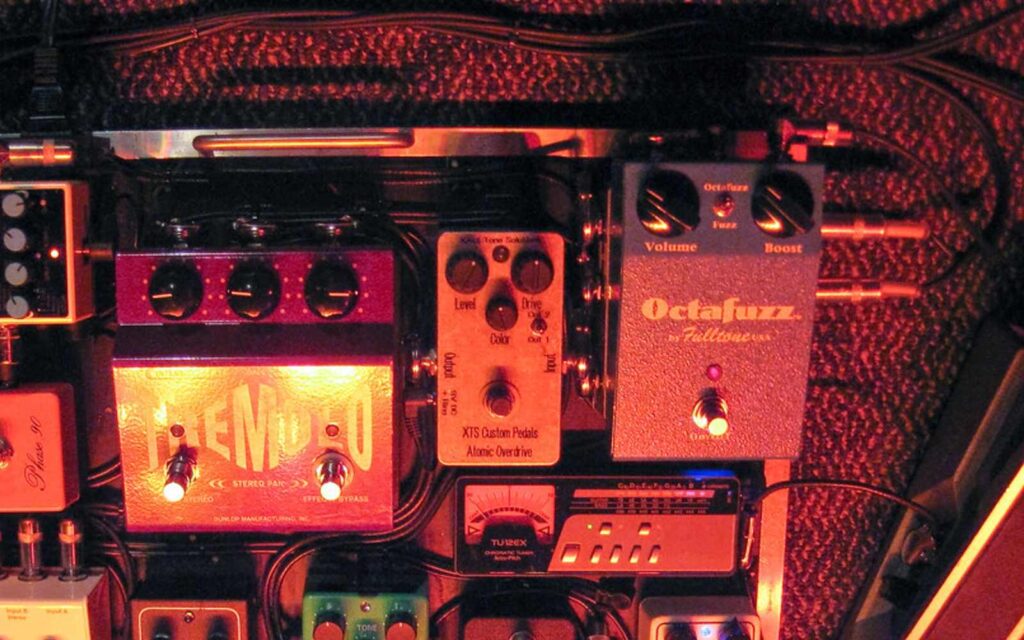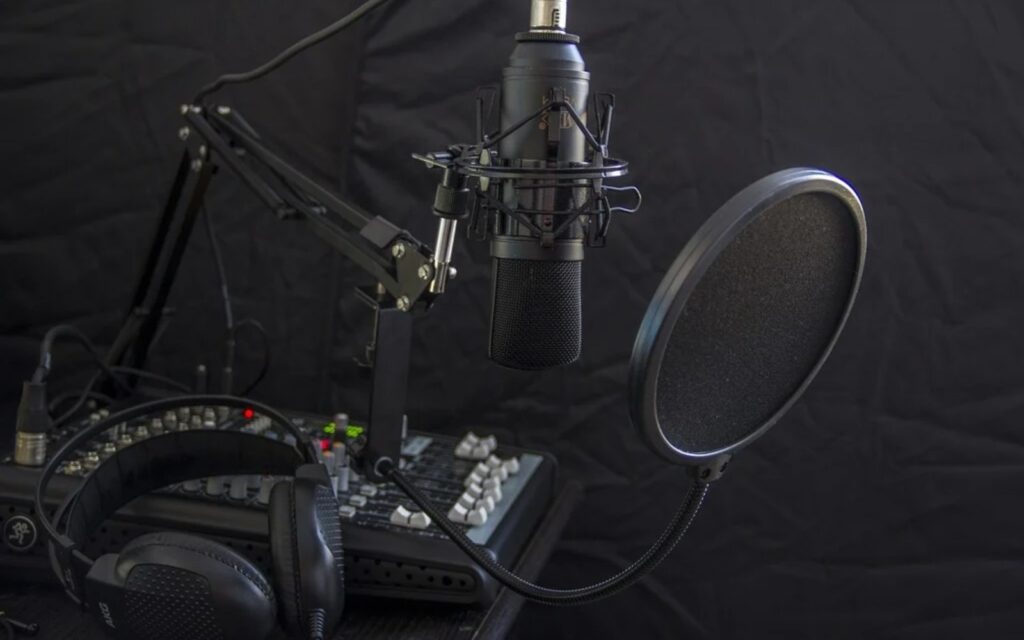When it comes to music production, finding the right approach has a profound impact on the critical and commercial reception that your music receives.
While experimentation can excite listeners, so too does incorporating a sense of familiarity into your production approach. Incorporating a sense that something belongs within a genre firmly establishes your intention and along with that potential audience engagement. Indie Rock is a classic example of this approach. What are some of the fundamental characteristics and techniques of indie music production? Let’s delve into this in more detail to understand some of the ways that you can embrace the indie aesthetic while producing in your bedroom.
Read all the latest features, interviews and how-to columns here.
Lo-fi aesthetics: Embracing imperfections and analog warmth
Indie rock often celebrates a raw, unpolished sound that contrasts with the polished productions of mainstream pop and rock. This approach involves intentionally incorporating imperfections and analog warmth into recordings. Techniques might include using vintage tape machines for subtle distortion and compression, leaving in slight mistakes or ambient noises, or even recording on lower-quality equipment to achieve a more “authentic” sound. The goal is to create a sense of intimacy and immediacy that connects listeners to the music in a more visceral way.
Dynamic compression: Balancing loudness while maintaining dynamics
Compression is a crucial tool in indie rock production, but it’s often used more subtly than in louder genres. The key is to achieve a balance between consistency and dynamic range. Indie producers might use compression to even out performances and add cohesion to a mix, but they’re often careful not to squash the life out of the tracks. Techniques like parallel compression (blending compressed and uncompressed signals) can help maintain transients and energy while still providing the desired consistency. The result is a sound that’s punchy and present, but still breathes and adds dynamic interest into the mix.

Layered guitar textures: Creating depth through multiple guitar tracks
Indie rock is known for its rich, textured guitar sounds, often achieved through layering multiple guitar parts. This might involve recording the same part with different guitars, amps, or effects, then blending these tracks to create a fuller, more complex sound. Alternatively, producers might layer complementary guitar parts, each occupying its own frequency range or stereo position. Techniques like double-tracking (recording the same part twice) can add thickness, while more experimental approaches might involve ambient guitar drones or intricate fingerpicking patterns to fill out the sonic landscape.
Room ambience: Capturing natural reverb for authentic spatial feel
Many indie rock producers prefer the sound of natural room acoustics over artificial reverb. This involves carefully choosing and setting up recording spaces to capture the natural ambience of a room. Techniques might include setting up room mics to capture the overall sound of the space, recording in unusual locations like stairwells or bathrooms for unique reverb characteristics, or even recording outdoors for a completely open sound. The goal is to create a sense of real space and atmosphere that places the listener in the room with the band.
Vintage gear emulation: Using plugins to recreate classic analog sounds
While many indie producers love using actual vintage gear, budget constraints often necessitate the use of digital emulations. Modern plugins can recreate the sound of classic compressors, EQs, tape machines, and other analog gear with impressive accuracy. Producers might use these tools to add warmth, character, and subtle distortion to tracks, emulating the sound of beloved analog recording chains. The key is to use these emulations tastefully, enhancing the organic qualities of the recordings without making them sound overly processed or “retro” for the sake of it.
Unconventional recording spaces: Experimenting with acoustic environments
Indie rock production often involves thinking outside the traditional studio box. Producers might record in living rooms, basements, warehouses, or even outdoors to capture unique acoustic environments. This approach can lend character and distinctiveness to recordings that’s hard to achieve in a standard studio setting. Techniques might involve setting up a full band in an interesting space or recording specific elements (like drums or vocals) in unconventional locations to add texture and atmosphere to the overall production.
Drum processing: Tailoring drum sounds for impact and character
Drum sounds in indie rock can vary widely, from dry and punchy to roomy and expansive. Producers often spend considerable time crafting drum tones that fit the specific needs of a song. This might involve careful microphone selection and placement, using room mics for added ambience, or even deliberately using lower-quality mics for character. In processing, techniques like gating can tighten up drum sounds, while judicious use of compression can add punch and consistency. Many indie producers also experiment with more extreme processing, like distortion or heavy filtering, to create distinctive drum textures.
Vocal doubling and harmonies: Adding depth and interest to vocal tracks
Vocals in indie rock often benefit from layering techniques to add depth and interest. Simple vocal doubling (recording the same part twice) can thicken the sound and help vocals sit better in a mix. More complex arrangements might involve recording multiple harmony parts to create lush, choral effects. Producers might also experiment with different microphones or processing on doubled vocals to create contrast and width. The key is to enhance the lead vocal without overwhelming it, creating a sense of depth and dimension that draws the listener in.
Experimental effects chains: Creating unique sonic textures
Indie rock production often involves pushing the boundaries of conventional effects use. This might involve creating complex chains of effects pedals or plugins to generate unique textures. Techniques could include running instruments through unexpected effects (like vocals through guitar pedals), using extreme settings on common effects, or combining effects in unusual ways. The goal is to create distinctive, signature sounds that set a production apart and capture the listener’s imagination. This experimental approach can lead to happy accidents and sounds that become defining elements of a track or artist’s sound.

Mix automation: Adding movement and interest to static elements
Automation is a powerful tool for bringing mixes to life in indie rock production. Rather than settling for static levels and effects, producers use automation to create movement and interest throughout a song. This might involve subtle volume rides to emphasise certain phrases, automated panning to create a sense of space and movement, or dynamic changes in effects parameters to evolve sounds over time. Automation can be used to create builds and drops, to emphasise structural changes in a song, or simply to add subtle variety that keeps the listener engaged throughout repeated listens.
Incorporating these techniques can have a major impact on the outcome of your project. This is a great starting point but there is no substitute for having concrete intentions when you’re producing music. Think about reference artists, tracks and sounds that you want to emulate. Are there some interesting approaches that can be combined? How can you make your work original yet familiar to the audience that you’re trying to engage?
Mix With The Masters provide comprehensive, in-depth and involved education from world0-class rock producers like Tchad Blake, Catherine Marks and Andrew Scheps. Keep reading here.
